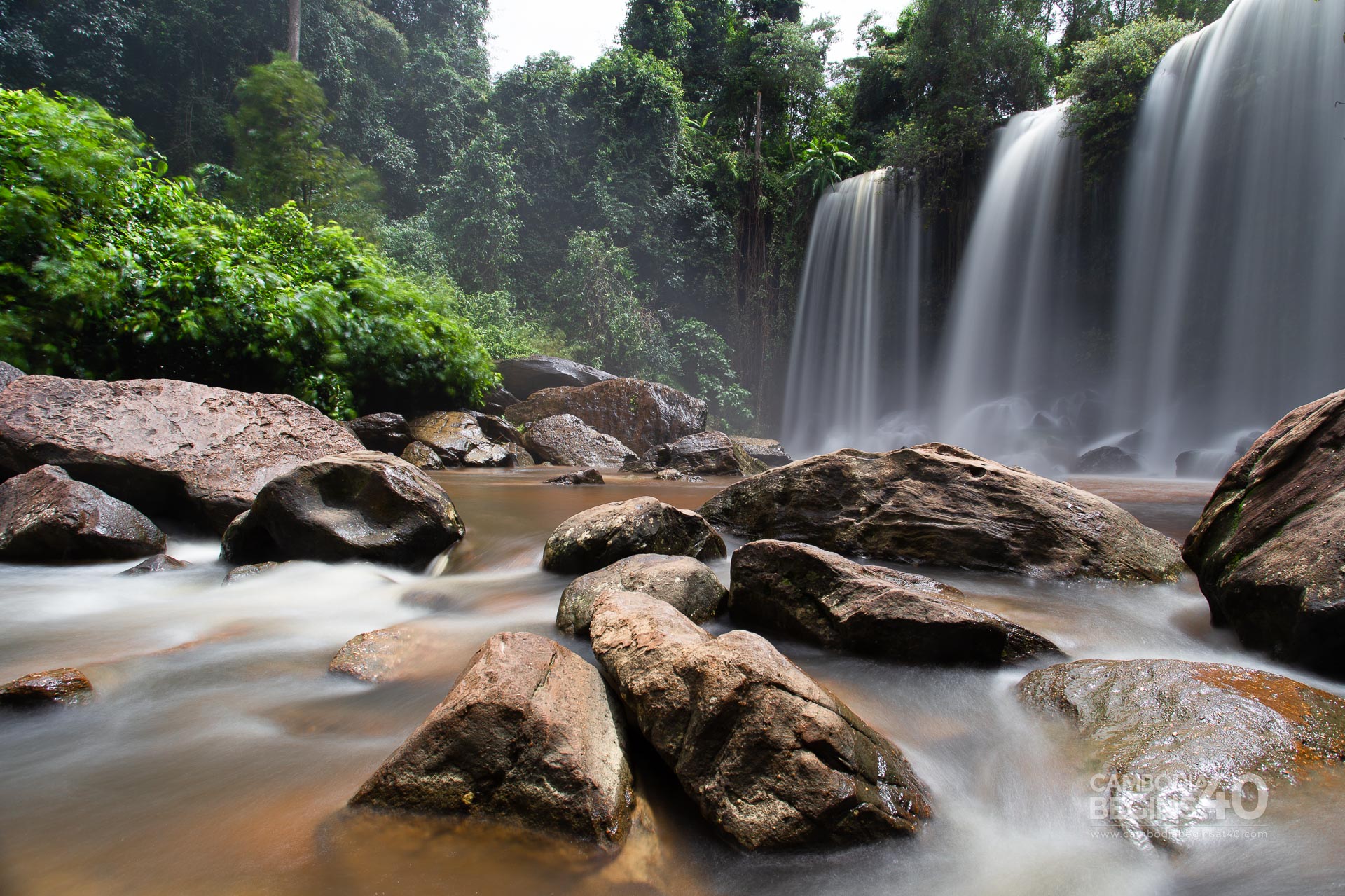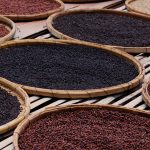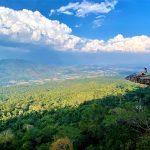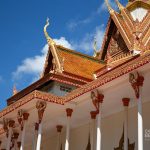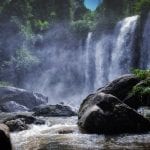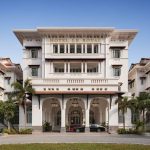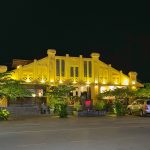Cambodia boasts an abundance of untapped ecotourism potential, which is being unlocked by a $55 million project.
Cambodia is home to a kaleidoscope of landscapes that range from soaring plains, dense jungle and tropical rainforest to rugged coastlines, sacred mountains and forests freckled with temples. Now, the $55 million Cambodia Sustainable Landscape and Ecotourism Project (CSLEP) project is tapping into the Kingdom’s natural beauty to transform them into an accessible series of ecotourism experiences.
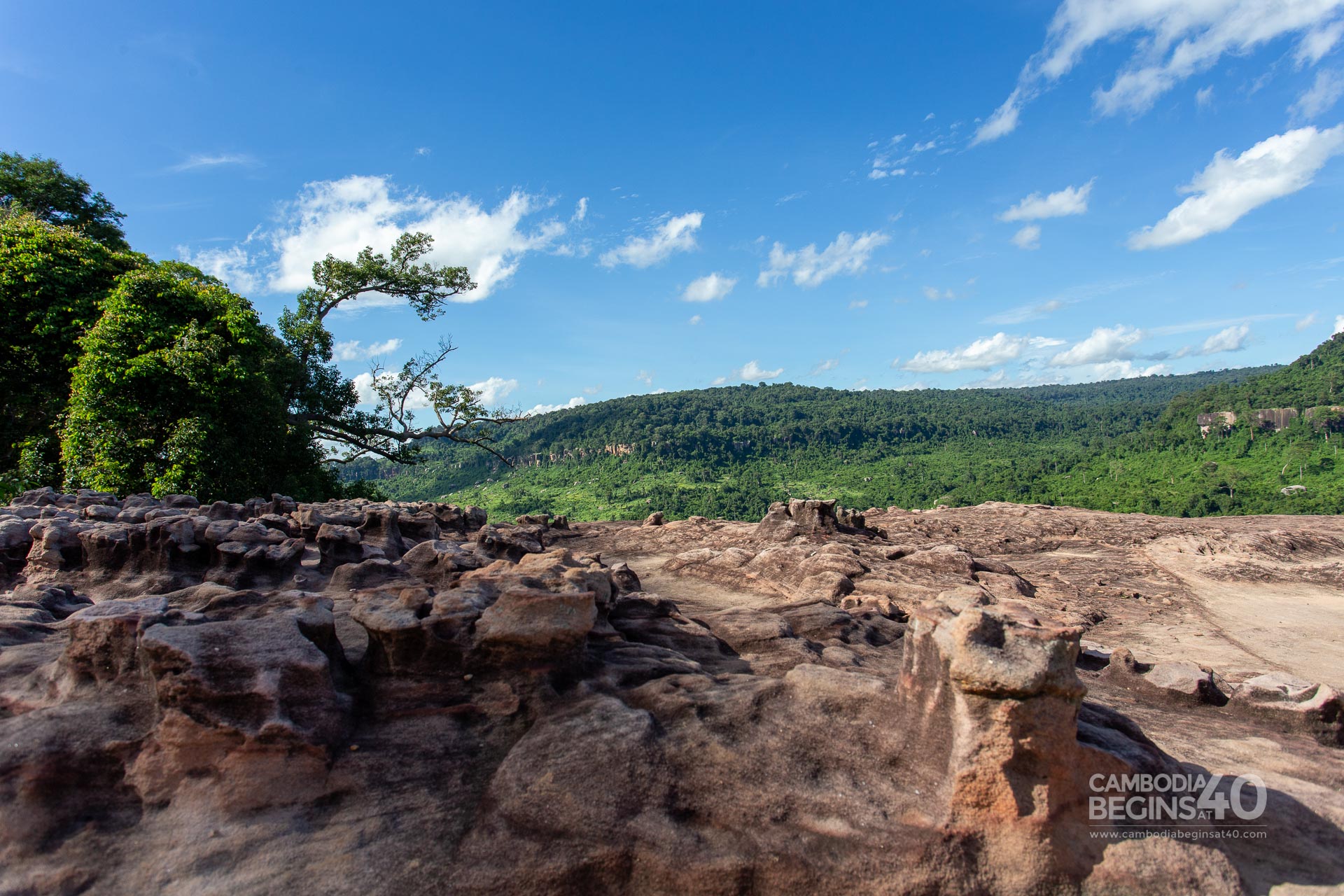

Headed by the World Bank Group and Cambodia’s Ministry of Environment and Ministry of Rural Development, the six-year project aims to position Cambodia as a leading global ecotourism destination by creating a network of nature- and community-based experiences and activities that span the Cardamom Mountains-Tonle Sap (CMTS) landscape.
With the aim of improving protected area (PA) management and promoting ecotourism in the CMTS landscape, the project will invest in key infrastructure, such as roads, visitor centres and walking trails, with private-public partnerships being sought to develop elements such as eco-lodges, campsites, adventure activities and tours of the areas.
Salimata Follea, World Bank task team leader, said, “CSLEP is helping to set Cambodia on a course to join a select group of countries that promote ecotourism as one of their principled pillars.”
What is the Cardamom Mountains-Tonle Sap Landscape?
The CMTS landscape spans more than 3.8 million hectares and takes in Indochina’s largest protected forests – the Cardamom Mountains – and one of the world’s most productive freshwater fisheries, the Tonle Sap Lake. This makes it a global biodiversity hotspot that supports an estimated five million Cambodians with income, food and water.
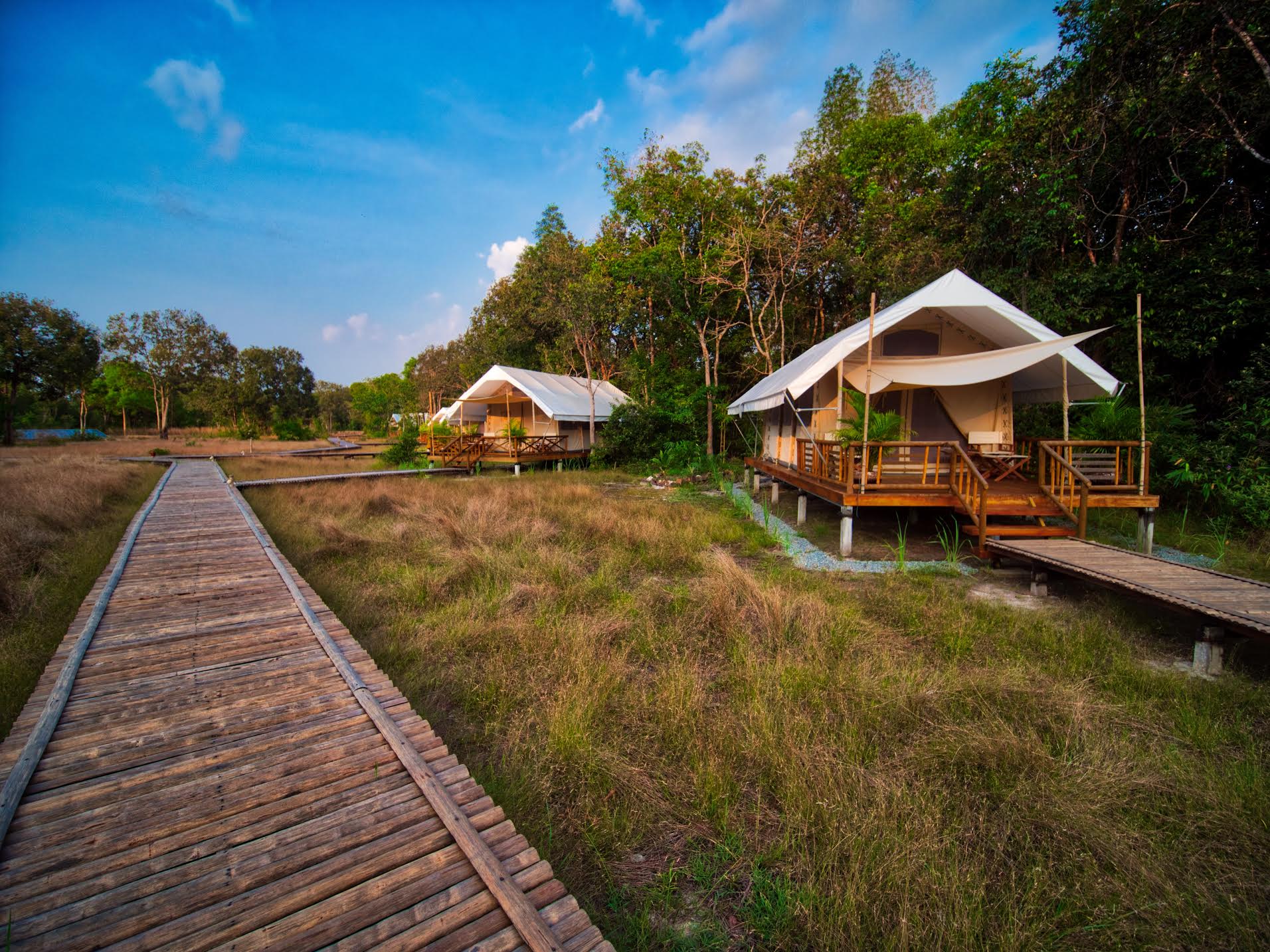

A sizeable chunk of the natural capital in the CMTS landscape is managed through the PA system. In fact, an impressive 62 percent of the Cardamoms is designated as PAs, with about 70 percent remaining forest cover. This makes it the largest area of protected forest in Cambodia today.
The CSLEP project covers parts of seven provinces within the CMTS landscape: Pursat, Koh Kong, Battambang, Kampong Speu, Kompong Thom, Siem Reap, and Kampong Chhnang. Activities will hone in on specific areas, including the Tonle Sap Biosphere Multiple Use Area; Phnom Samkos, Phnom Aural and Tatai Wildlife Sanctuaries; Central Cardamom Mountains and Southern Cardamom Mountains National Parks; and the Cardamom Biodiversity Conservation Corridor.
Sao Sopheap, Secretary of State at the Ministry of Environment, said Cambodia’s PAs have grown from 23 in 1993 to 73 today. This represents growth from 3.2 million hectares to 7.2 million hectares, with CSLEP aiming to aid PA management.
“Now is the right time to seize this opportunity to promote ecotourism for the sake of protected area management, the sustainable management of natural resources and biodiversity, and to help boost the local economy for local communities,” he said.
Cambodia Ecotourism: The Cardamom Mountains
Standing proud as one of mainland Southeast Asia’s last great wilderness regions, the Cardamom Mountains blankets swathes of Southwest Cambodia in rainforest. Home to astonishing biodiversity, the area of outstanding natural beauty boasts huge potential for sustainable ecotourism development for adventurous and eco-conscious travellers wanting to jump off the well-trodden tourist trail.
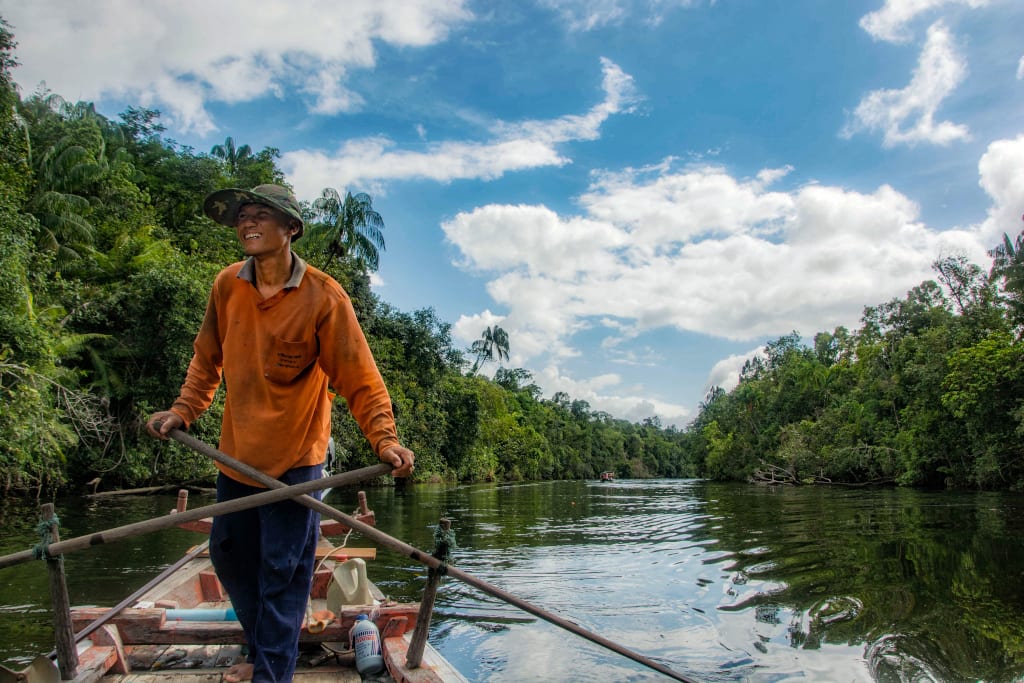

Already established destinations in the area include the rich community tourism experiences found at the budget homestay adventure centres of Chi Phat and Stung Areng. Mid-range accommodation escapes can be found around Tatai and the area houses world-class ecolodges Cardamom Tented Camp and Shinta Mani Wild.
The Tonle Sap Lake
The Tonle Sap basin is one of the most important freshwater features in mainland Southeast Asia, providing livelihoods to millions of Cambodians. The lake supports a diverse range of rare birdlife in wetland sanctuaries, such as Prek Toal and Boeng Chhmar and many unique floating villages along the lakeshore. Beyond the lake lies the holy mountain of Phnom Kulen, an important PA that was the birthplace of the Angkor empire and is home to many archaeological vestiges.
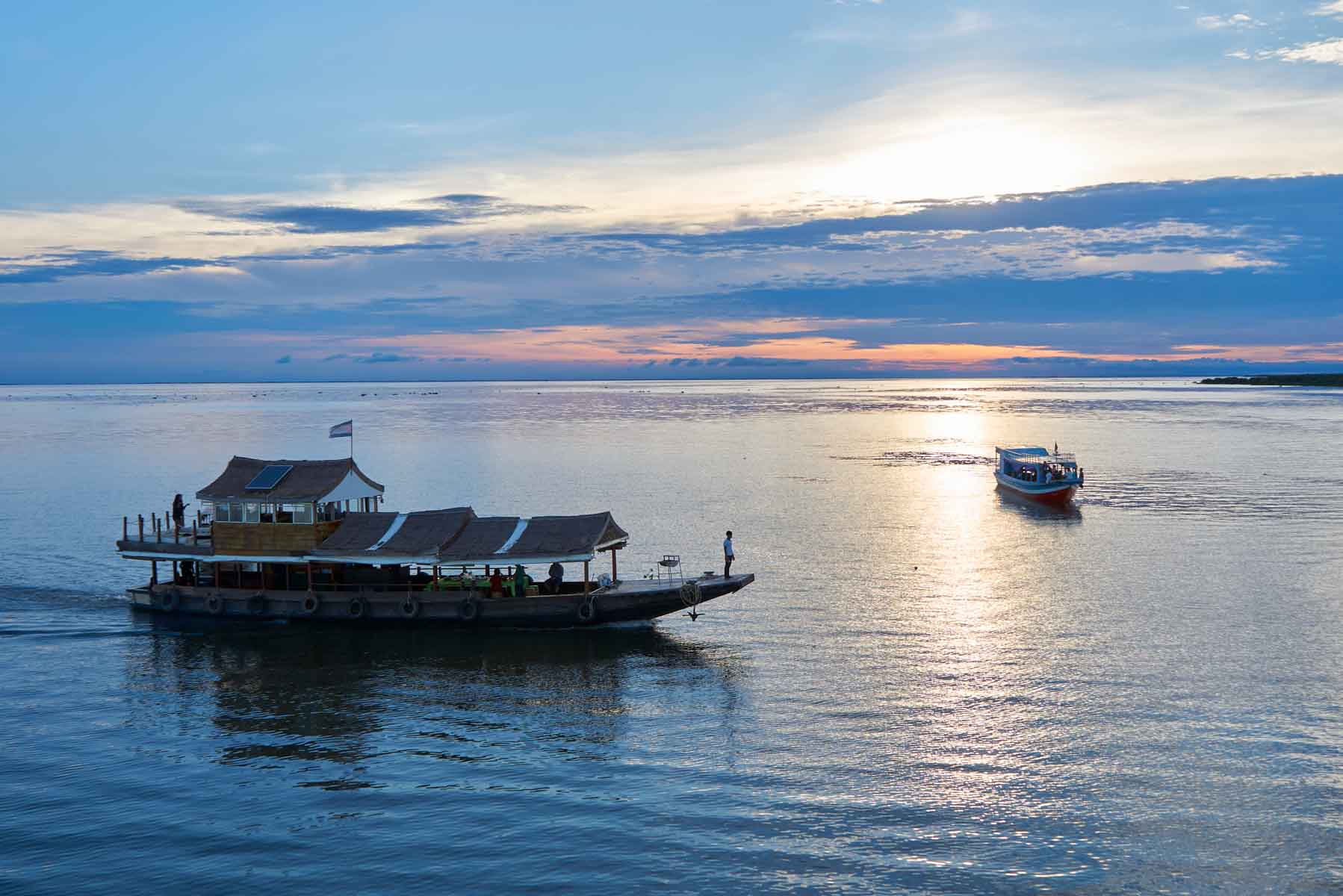

Hub-and-Spoke Model
As part of the project’s strategic plan to steer the development of ecotourism, a series of corridors will be created to link the main tourism gateways of Siem Reap and Phnom Penh to the Cardamom Mountains and Tonle Sap Lake. This will form an expansion of the hub-and-spoke tourism development model that connects ecotourism sites.
The hub-and-spoke model enhances access to and mobility in and around the urban centres, or hubs, and then develops the ‘spokes’ or ecotourism sites closely linked to the hubs. This approach establishes new itineraries for tourists in a way that disperses tourism-related socioeconomic benefits to communities near ecotourism locations. Specific investments will include the rehabilitation of rural roads to help develop ecotourism corridors and link with main markets.
The project will increase access to project sites from main hubs through improved infrastructure. It will develop several new tourism activities in project sites, including visitor centres, hiking trails, and tourism facilities. The ultimate aim is to increase the length of stay and daily spending.
“Cambodia has long been known for the temples of Angkor, it’s now time to promote wild Cambodia and the green gold of the Kingdom, the jungles, forests, rivers, waterfalls and incredible biodiversity of CMTS and other protected areas beyond,” Follea said.
